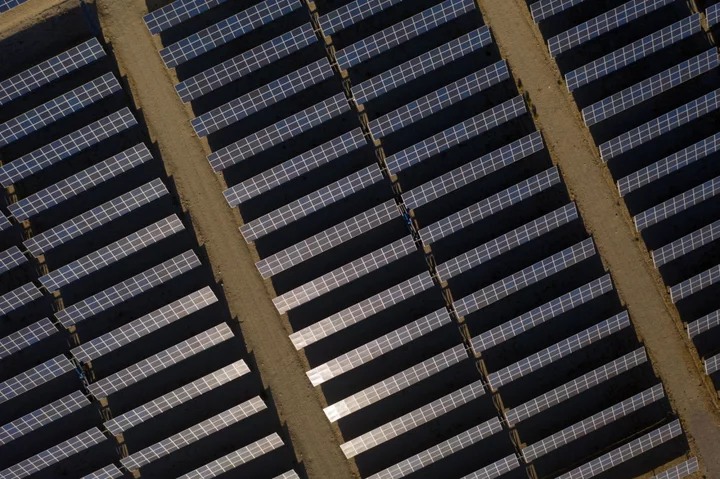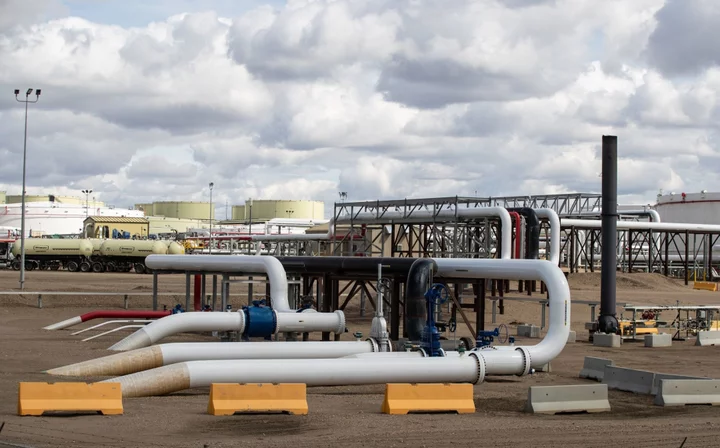Malaysia plans to develop Southeast Asia’s largest solar hybrid facility while pursuing hydrogen plants to achieve its 70% goal of renewable energy capacity by 2050, said Economy Minister Rafizi Ramli.
Sovereign wealth fund Khazanah Nasional Bhd. will lead the development of the solar hybrid plant, and has attracted global investments totaling 6 billion ringgit ($1.3 billion), said Rafizi. It will be among 10 projects worth 25 billion ringgit he unveiled Thursday under the National Energy Transition Roadmap.
“NETR is this administration’s effort to change the economics of renewable energy so that we could rapidly scale up our installed capacity with the right infrastructure and technology,” said Rafizi in Kuala Lumpur.
Tenaga Nasional Bhd., Sime Darby Property, Malakoff Corp and Petronas will also be part of the program, according to the government.
Malaysia in May raised the renewable energy target to 70% of the total generation capacity by 2050, from 40%. The target requires 637 billion ringgit in investments. The country’s RE capacity stood at 25% as of end-March, according to the Malaysian Investment Development Authority.
Malaysia recently lifted an export ban on renewal energy, as it aims to position itself as a regional leader in the space. The move allows local companies to develop capacity at scale and fulfill regional demands.
Prime Minister Anwar Ibrahim previously called on more funding for the developing world in order to help countries achieve their green goals.
Some key points from the energy transition plan:
- Malaysia will table in parliament a bill to regulate energy-intensive users, buildings and products in the fourth quarter of 2023
- Tenaga to co-develop solar parks in several states and build hydro dam reservoirs
- Malakoff to burn biomass along with coal at its existing Tanjung Bin power plant
- Sime Darby Property to construct 4.5 MW solar capacity across 450 homes
- Petronas to develop a bio-refinery in Johor state, a production hub for bio-based products such as sustainable aviation fuel, hydro treated vegetable oil, and biochemicals
(Updates with further details from the energy transition plan.)









